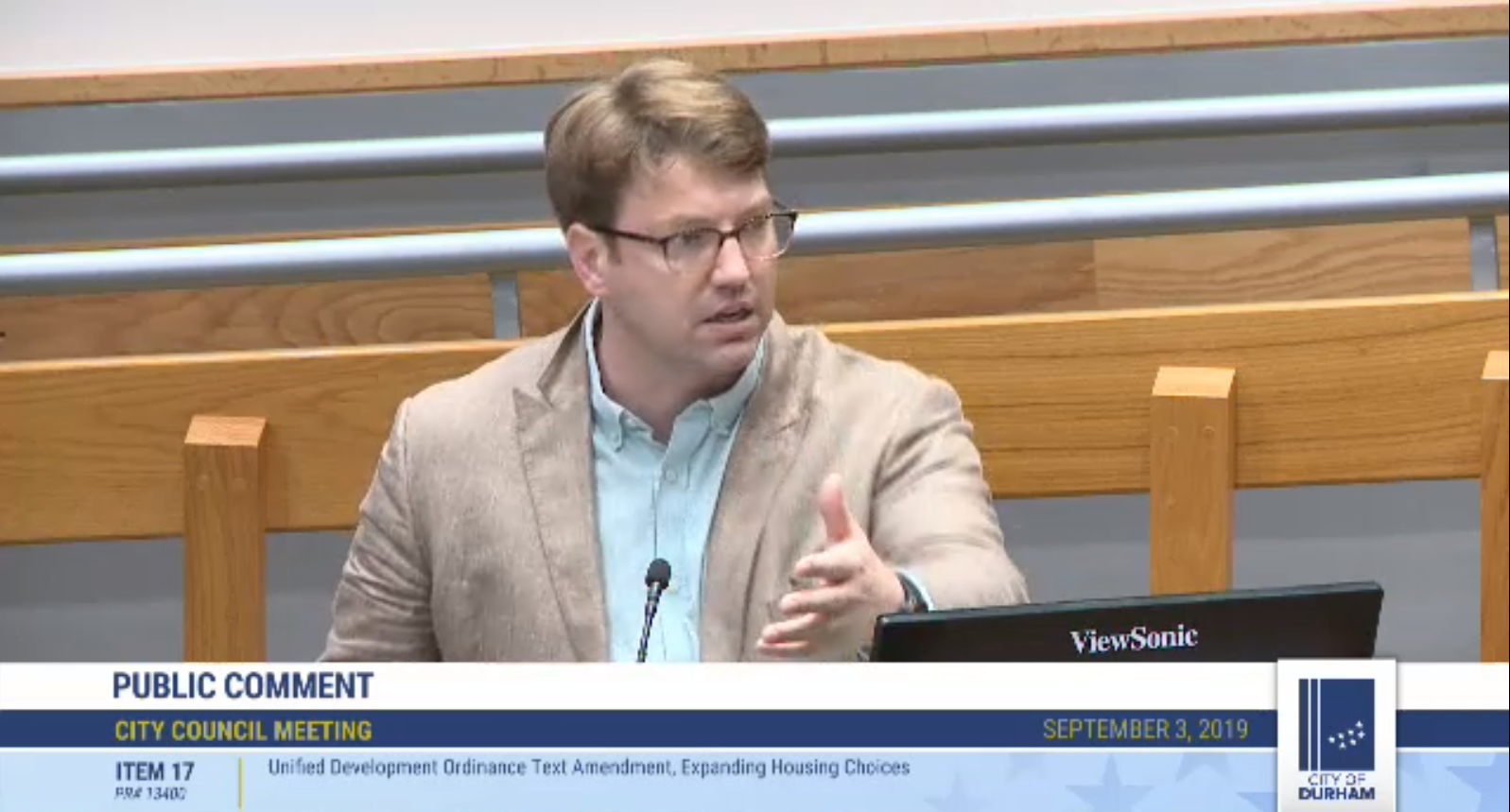Budget Update – WHLP Remains Without Funding
The standoff between Governor Roy Cooper and the General Assembly continues to drag on. The future of numerous programs with non-recurring funding, including the Workforce Housing Loan Program (WHLP) remain caught in limbo as impasse moves into September. The General Assembly has passed a number of mini-spending bills containing funding for individual items. Some have been signed by Governor Cooper, such as pay increases for state employees.
The GA will return from the Labor Day break on September 9th. The Coalition continues to monitor any discussions of a budget resolution or the possibility of WHLP being included in any other spending bills. As of this week, WHLP remains absent from any spending bills. The implications of this have been taken into account by the NC Housing Finance Agency within the first draft of the Qualified Allocation Plan (QAP) for Low-Income Housing Tax Credits (LIHTC). NCHFA has included an option for applicant to select an increased basis boost and provisional language in the event WHLP is funded. See below for more details.
Tillis Proposal
At the federal level, Senator Thom Tillis last week proposed allowing cities and counties to apply directly for CDBG Disaster Recovery funds. The Ensuring Disaster Recover for Local Communities Act would give a state 18 months to distribute federal disaster funds. If it does not, then local governments could take control of the process and access funds directly. Tillis aims to address “slow spending” states. The proposal does not include provisions for capacity building of smaller local entities in being able to manage the process for access CDBG monies. The bill would be retroactive allowing municipalities in North Carolina to make use of the provision.
HUD Outlines Requirements for CDBG Disaster Mitigation Funds
HUD published in the Federal Register the criteria for the use of Disaster Mitigation CDBG funds. North Carolina’s Housing RSF group and NC Office of Recovery & Resiliency (NCORR) have been awaiting these guidelines which are necessary to distribute a tranche of $168 million in disaster recovery funds. HUD defines mitigation activities as those that “increase resilience to disasters and reduce or eliminate the long-term risk of loss of life, injury, damage to and loss of property….by lessening the impact of future disasters.” Of the $168 million, approximately $84 million must be allocated to counties in designated high-distress areas.
Durham City Council Passes Expanded Housing Choices
Late Tuesday night, the Durham City Council approved the Expanding Housing Choices (EHC) proposal from the Planning Commission by a vote of 6-1. EHC eliminates single-family-only zoning within the urban tier allowing for, among other things, duplexes, flag lots, and accessory dwelling units up to 800 square feet. NCHC Executive Director Samuel Gunter spoke in support of the motion, “In a growing urban market like ours, it is crucial to be able to allow greater density and housing types closer to downtown. This alone will not solve our affordability challenges, but it is a critical first step and the lowest hanging fruit.” For more information on land use policy’s history and impact on affordability and equity, read Michael Stegman’s recent paper “Eliminating Exclusionary Land Use Regulations Should Be The Civil Rights Issue of our Time.”

QAP Meeting
The NCHFA held its first public hearing the first draft of the QAP on Wednesday 9/4 at their offices in Raleigh. A packed room listened to comments from people in attendance and over the phone. A handful of attendees commented both in favor of keeping and replacing the lowest-poverty rate tie-breaker. Comments were also made regarding the pressures developers feel in trying to keep costs down in the face of rising land costs. In light of the WHLP program’s current status as being unfunded due to the budget impasse, NCHFA staff has included an option for applicants to request a basis boost in an effort to mitigate the loss of WHLP funding. NCHFA staff will take the written comments and hearing comments into account in revising the second draft of the QAP. Staff expects to have the next draft available in 2-3 weeks.
Reports
Exclusionary Zoning as a Civil Rights Issues
Michael Stegman and the Harvard University Joint Center for Housing Studies recently released a paper arguing that combatting zoning policies that have resulted, intentionally and unintentionally, in excluding minorities and low-income communities from accessing opportunities in housing and personal finance opportunities, should be the main civil rights issues of our time. Eliminating Exclusionary Zoning as the Civil Rights Issue of Our Time explores how zoning and other land use controls have worked to maintain segregation, perpetuate poverty, and contribute to widening socio-economic disparities.
Understanding the Math of Housing Development
The Terner Center for Innovative Housing Solutions of the University of California, Berkeley recently released a report that attempts to demystify the mathematical calculations behind the decision-making process of residential development. Making it Pencil: The Math Behind Housing Development walks readers through the financial equations that developers take into account during the development process. The report offers housing industry professionals insight on how to communicate the process and also to understand the potential impacts of proposed policies.
Understanding Market Changes in First-Time Homebuyers
The Joint Center for Housing Studies of Harvard University released a paper entitled, “The Shifting Profile of First-Time Homebuyers: 1997-2017.” The report describes trends in first-time homebuyer volumes and other selected characteristics. This discussion is supplemented by a detailed set of appendix tables that contain a broader set of homebuyer and housing unit characteristics for first-time homebuyers, as well as similar estimates for repeat homebuyers, all homebuyers, all homeowners, and all households. These tables contain estimates of first-time and repeat homebuyer characteristics that are not available in other published tables, providing a unique resource for readers seeking information about the characteristics of first-time and repeat homebuyers.








